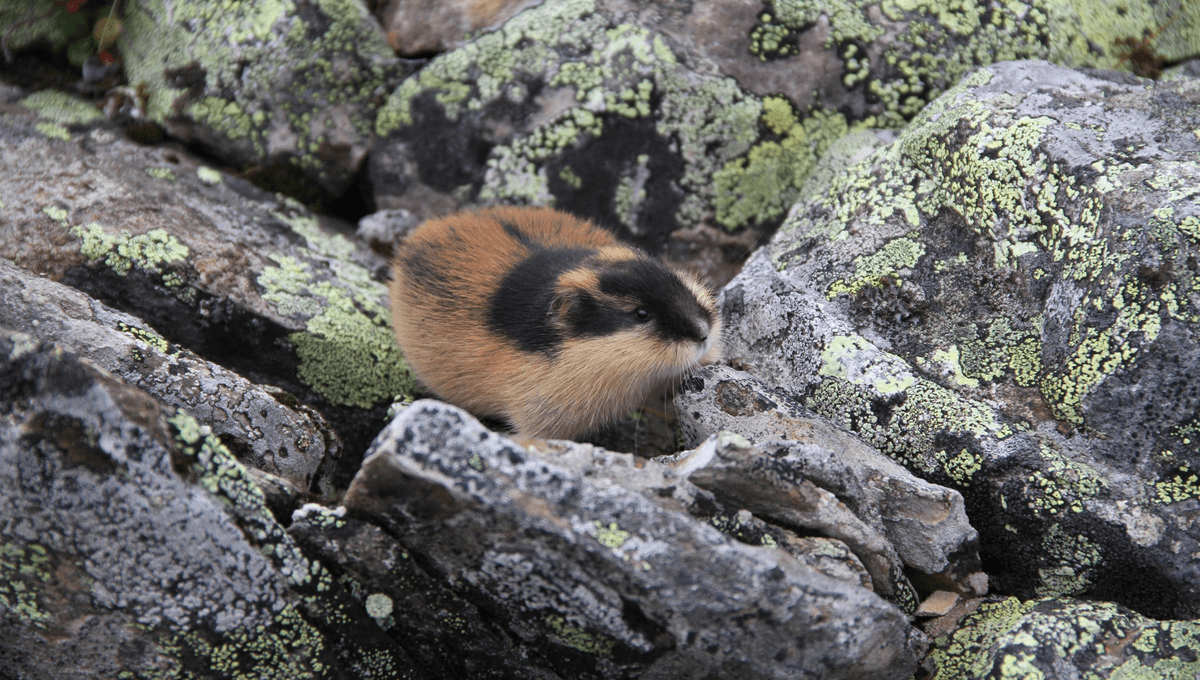-
Ροή Δημοσιεύσεων
- ΑΝΑΚΆΛΥΨΕ
-
Σελίδες
-
Blogs
-
Forum
Much Maligned Norwegian Lemming Is One Of The Newest Mammal Species On Earth

Much Maligned Norwegian Lemming Is One Of The Newest Mammal Species On Earth
The thing most people know about lemmings – their tendency to follow each other off a cliff – is not actually true (more on that later), but scientists have just learned something new about them: they are one of the newest mammal species on Earth. Genetic comparisons of the Norwegian lemming and its nearest relative, the West Siberian lemming, reveal an Ice Age split that has never been healed.
Lemmings are not one species, but five, and that just counts the “true lemmings,” not the more distantly related collared lemmings. They’re small rodents, whose capacity to live where few other herbivores can makes them essential to the diet of many predators, including the threatened Arctic Fox. The Norwegian lemming (Lemmus lemmus) is perhaps the best-known example, living in a more populated and tourist-friendly area than its counterparts. Dr Edana Lord of Stockholm University decided to explore how long it has been a distinctive species using genomics. Using DNA from nine specimens of surviving lemmings and two extinct species, Lord and colleagues found that the Norwegian lemming broke away from the West Siberian lemmings (Lemmus sibiricus) 35,000 years ago, in the middle of the last Ice Age. Somewhat unusually, the team found no sign of interbreeding after that date. Species boundaries are seldom absolute, and it’s common for two populations to have a bit of fraternization even after they’ve reached the point where they are classified as different. It’s the taxonomic equivalent of hooking up with your ex, even though you’ve told everyone it’s over. Perhaps lemmings just have more self-control (or perhaps self-respect) than many of us after a break-up, but it seems more plausible that geography made such activities impractical. Since their modern habitats (Scandinavia and the Kola Peninsula versus much of northern Russia) are almost adjacent, and both species migrate when food is scarce, that would imply some longstanding obstacle or obstacles. For the majority of the time, that may have been some sort of ice barrier, but the more recent situation is harder to explain. During their separation, the Norwegian lemming has evolved hundreds of mutations not found in their relatives. The effects of some are obvious, such as the black-yellow color of their coats. Others were spotted with more investigation, including distinctive ways they metabolize fat, allowing for more winter activity. Still others are suspected of causing the greater aggression shown by Norwegian lemmings than their sister species. “Our findings indicate that the Norwegian lemming is among the most recently evolved mammals, diverging from its sister taxon, the Western Siberian lemming, at a remarkably shallow time depth,” said Lord in a statement. The work also confirmed that the Eastern Siberian lemming is a different species from its western counterpart (and unsurprisingly also from the Norwegian lemming). This jaw from an extinct species of lemming has helped establish the relationships of their living counterparts. Image Credit: Vendela K. Lagerholm The one thing everyone has heard about lemmings is that they jump off cliffs into the oceans, interpreted either as suicide or reckless risk-taking. Their very name has become a byword for this. Fortunately, many people now know that this is a myth, created by a Disney documentary where lemmings were shoved off cliffs. Those scenes were filmed with Beringian lemmings, but the filmmakers apparently got the idea from Scandinavian misconceptions. As a fast-breeding species, lemmings are particularly prone to boom-bust population cycles depending on food supply, but the same is true of rabbits and mice, neither of which has been mythologized this way. The chaotic nature of their population size may have contributed. It is in the nature of evolution that species evolve and die out. Normally, however, these take place at similar rates. However, if at 35,000 years old the Norwegian lemming is one of the most recent mammalian species to appear, that emphasises just how far we are from normal. In the time since L. lemmus evolved, Earth has suffered the drastic loss of many large and famous mammals, such as woolly mammoths, dire wolves, and thylacines, as well as hundreds with lower profiles. Australia alone is thought to have some 38 species of mammals go extinct in the last two centuries, and there is no end in sight. The study is published in Proceedings of the National Academy of Sciences. 
The myth of lemmings jumping off cliffs


